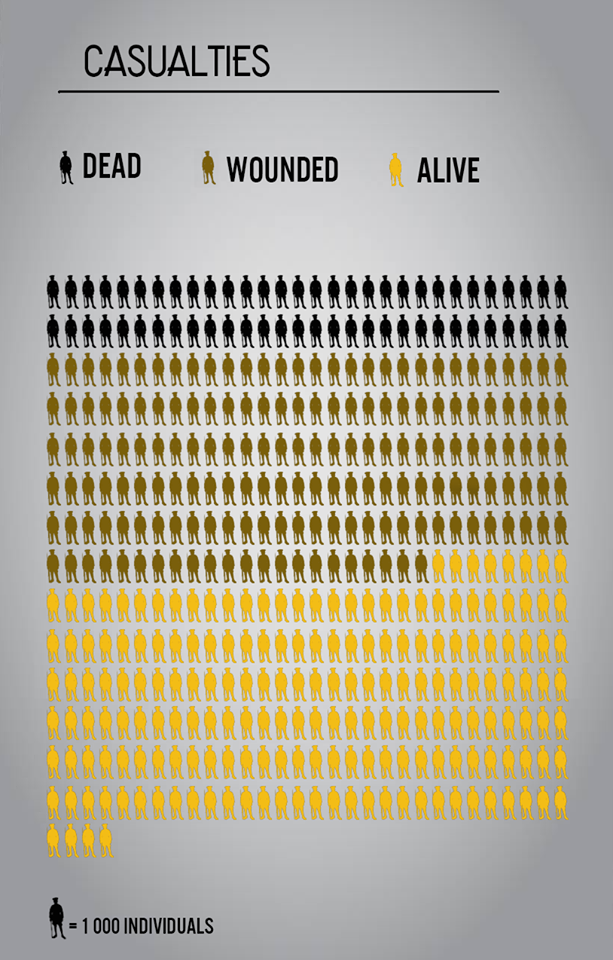Unit 3: The Cost of Victory

50% casualty rate for Canadians deployed overseas
The Canadian troops quickly earned a reputation for being strong and brave. Soon, they were used by the Allies as “shock troops”, which meant that they were sent where the battle had stagnated to offer reinforcement and hopefully break through enemy lines.
As a consequence, the Canadian Corps sustained a high number of casualties. Of the 619,636 Canadians who enlisted, 424,000 served abroad. From those 424 000 soldiers, 59,544 died during the war and another 172,000 were wounded.
While it is easy to find out how many soldiers were physically hurt by the war, it is much harder to find what psychological impact the war had on soldiers. Some 9,000 Canadian soldiers were reported as suffering from “shell shock”, which we refer to today as post-traumatic stress disorder (PTSD).
A Symbolic Memorial Plaque
The Memorial Plaque was issued during WW1 and was given to the next of kin of all servicemen and servicewomen of the British Empire who died during the Great War. 1,355,000 bronze memorial plaques were issued throughout the British Empire. Popularly known as “Dead Man’s Penny” because of it’s shape and colour. Each memorial plaque was personalized with the name of the individual killed, along with the inscription “He died for freedom and honour” (the memorial plaques were modified for females to read “She died…”)
Each element in the design by Edward Carter Preston carries its own significance.

